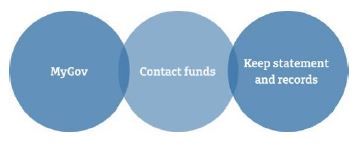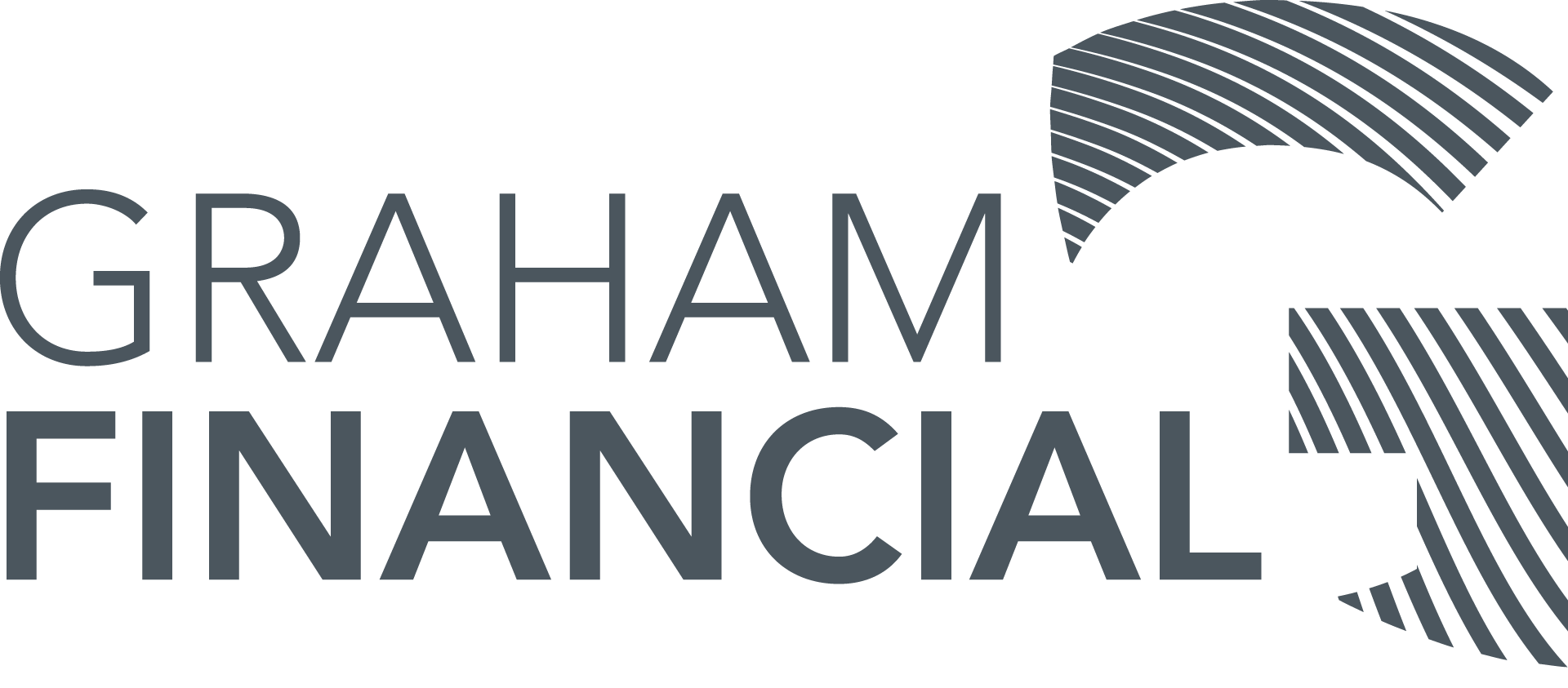Government’s proposed changes to the taxation of super
There has been much discussion in the media this week about the Government’s proposed changes to how superannuation is taxed.
It is important to understand that this is currently just a proposal, and the earliest that it could be implemented is 1 July 2025. Between now and then:
- There will be consultation, likely resulting in amendments to the proposal
- A federal election will occur
- The proposal needs to be legislated.
As such, it is too early to make any specific recommendations regarding individual circumstances.
The information included below is based on the announcement made on 28 February by the Government and a Factsheet that has since been released by Treasury with some additional information.
What is proposed to change?
Currently, tax on investment earnings within the accumulation phase of superannuation is at a maximum rate of 15%. It is proposed that for certain individuals with a ‘total super balance’ (TSB) that exceeds $3 million, additional tax of 15% will apply on a portion of ‘accumulation’ account earnings.
An accumulation account is a superannuation account that you have prior to retirement or commencing an account-based pension, which may receive personal, employer and other contributions.
If your total super balance is less than $3 million, this change will not impact you, and investment earnings on your accumulation balance will continue to be taxed at the maximum rate of 15%.
The proposed change will not apply to earnings that are in a ‘retirement phase pension’, where earnings are taxed at 0%. For more information about these accounts and the separate limit called the ‘transfer balance cap’ that applies to these types of accounts, see ato.gov.au.
What is ‘total super balance'?
Generally, your TSB is the sum of all amounts you have in the superannuation system (certain exceptions apply*). At a high level, it includes:
- your accumulation account balances
- your superannuation pension accounts; and
- the outstanding balance of a Limited Recourse Borrowing Arrangement (if you have a self- managed super fund which has borrowed to invest), in certain circumstances.
* Exceptions and modifications may apply, for example if you’ve made a personal injury contribution to super. Calculating TSB can be complex, so it is important to seek advice.
There are a few ways you can track your TSB. A useful source of information is your MyGov account. Other options include contacting your superannuation funds and looking at your fund’s statements and records.
When reviewing your annual statement, the TSB figure your fund reports to the ATO is usually referred to as ‘exit value’ or ‘withdrawal benefit’. This may be different to the 30 June ‘closing balance’.

When will this change start?
At the moment, this is a proposal only. Based on the information released by the Government, it is currently intended that this change will commence on 1 July 2025, and that notices of additional tax liability will first be sent in the 2026/27 financial year. Law will need to pass to implement the proposal. Also, some of the details about the proposal may change.
How will earnings on my account be determined and any tax liability calculated?
To simplify the process and to ensure superannuation funds aren’t burdened by additional reporting requirements and system changes, a simplified method has been proposed to calculate fund earnings and any resulting tax liability. Broadly, this looks at your TSB at the beginning and end of the year, as well as any contributions and withdrawals that you’ve made during the year. Once your earnings have been determined using this simplified method, another formula will be applied to work out how much of these earnings relate to your accumulation account before tax is applied on this amount at a rate of 15%.
If you don’t have any earnings and are instead assessed as having a loss for the year, it has been proposed that you’ll be able to carry this loss forward to a future year, to offset a tax liability you may have in the future under this proposed regime.
More detail about this formula and some worked examples can be found on the Treasury’s Factsheet.
How will the additional tax be paid, and will I need to report my balances to the ATO?
The ATO will use data from superannuation funds to work out who is liable for the additional tax and the amount of tax payable. It is expected that the ATO will issue tax notices when the time comes, separate to personal income tax. There is limited detail on how the measure will work and the Government will consult further on practical implementation issues.
Can I withdraw any of my superannuation to reduce my balance below $3 million?
Unless you’ve met a ‘condition of release’ the information made available on this proposal does not indicate that you’ll be able to withdraw any amounts from super to prevent the additional tax. Super law limits the conditions under which you can access your funds. Generally, this is limited to when you reach age 65, meet the definition of retirement, and in certain other limited and exceptional circumstances when you’re in financial hardship. For more information about conditions of release, see ato.gov.au
What if I have more than one fund?
As explained above, TSB takes into account the sum of all of your superannuation interests, including all of your accumulation accounts and superannuation income streams. The $3 million threshold is cumulative, meaning it is not a limit per super fund, but instead looks at your combined balances.
How will the additional tax be paid?
The Government’s factsheet indicates that the excess tax can be paid directly by you to the ATO, or by making an election to release the funds from super. If you hold multiple funds, you can elect the fund from which the tax is paid.
I have a defined benefit fund. Will this apply to me?
Yes. The Government intends to include defined benefit funds in the measure. However because defined benefit funds operate differently to other types of super funds such as public offer funds and self-managed super funds (SMSFs), there will need to be further discussion with the industry to work out how defined benefit funds will be captured.
I have an SMSF. Will this apply to me?
Yes. There is no exemption for SMSFs.
Should I make any changes now to my retirement savings strategy and is superannuation still worthwhile?
For many people with super savings above $3 million, superannuation may still offer concessional tax rates on earnings when compared to your marginal rate of tax, which could be as high as 47%. It is important to understand that the answer to this question will be different for everyone and may even change as your personal circumstances change.
There are other potential benefits to superannuation, aside from what for many is a concessional rate of tax on earnings. It is important to remember that this is currently a proposal only, and if formally made law, some of the final details relating to this measure may change from what has been announced.
Please contact your financial adviser if you’d like more information about how this proposal could apply to you if it does become law, and to ensure the strategies you put in place are right for you.
Important information and disclaimer
This document has been prepared by Actuate Alliance Services Pty Ltd (ABN 40 083 233 925, AFSL 240959) (‘Actuate’), a member of the Insignia group of companies (‘Insignia Group’), for use and distribution by representatives and authorised representatives of Actuate, Godfrey Pembroke Group Pty Limited, Consultum Financial Advisers Pty Ltd, Bridges Financial Services Pty Limited, Bridges Financial Services Pty Limited trading as MLC Advice, Lonsdale Financial Group Ltd, Millennium3 Financial Services Pty Ltd, RI Advice Group Pty Ltd, Shadforth Financial Group Ltd and Australian Financial Services Licensees with whom any Insignia Group member has a commercial services agreement. Information in this document is of a general nature only and does not take into account your objectives, financial situation or needs. You should seek personal financial, tax, legal and such other advice as necessary or appropriate before relying on the information in this document or making any financial investment, insurance or other decision. If this document is provided to you in conjunction with a Statement of Advice (‘SOA’), any personal financial advice relevant to the financial planning concept/strategy referred to in this document will be contained in that SOA.











